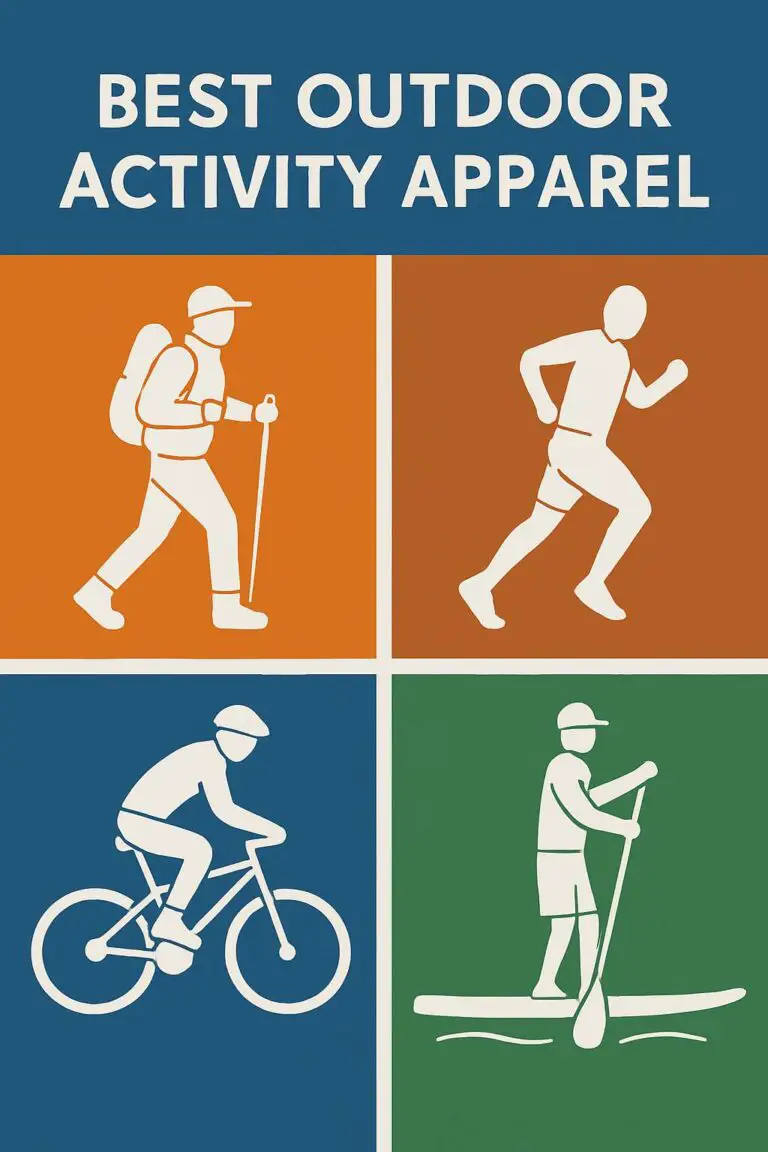Have you ever wondered why after a day spent outdoors, whether basking in the sun or braving the cold, you feel more tired than usual? Exploring the outdoors can be exhilarating, but it often leaves us feeling unexpectedly tired.
To understand this phenomenon, we delve into the insights of experts in environmental psychology, biology, and sports medicine, along with scientific studies, to unravel the physiological and psychological effects of spending time outside.
The Impact of Cold Weather
When we step out into the cold, our bodies undergo several physiological changes. According to research highlighted by Science Norway, blood vessels in our muscles contract in response to the cold. This reaction prioritizes blood flow to vital organs, leaving muscles working less efficiently. Shivering, a common response to cold, is the body’s way of generating heat, but this process can be energy-draining. The physical exertion of moving in heavy winter clothing also adds to our fatigue.
Cold weather impacts our bodies in several ways:
1. Muscle Contraction: Cold weather causes blood vessels in our muscles to contract. This restricts blood flow to the muscles, making them less efficient and potentially leading to fatigue.
2. Shivering: Shivering is a natural response to cold. It helps generate heat, but the energy expended during this process can contribute to tiredness.
3. Extra Energy Expenditure: Wearing heavy winter clothing requires extra effort to move, which can consume additional energy and contribute to feeling tired.
Seasonal Affective Disorder (SAD)
Shorter days and reduced sunlight during winter can trigger Seasonal Affective Disorder (SAD), a type of depression that occurs at a specific time of year, usually in winter. As AFC Urgent Care explains, SAD can manifest in feelings of irritability, fatigue, and social withdrawal. It’s believed that reduced light causes a chemical change in the brain. Light therapy, lifestyle changes, and medication are common treatments.
SAD is a condition closely linked to reduced sunlight exposure during colder months:
1. Reduced Sunlight: Winter months bring shorter days and less exposure to natural sunlight, which can affect mood and energy levels.
2. Chemical Changes in the Brain: SAD is associated with chemical changes in the brain triggered by reduced light exposure, leading to symptoms such as fatigue and irritability.
3. Treatments: Light therapy, lifestyle adjustments, and medication are effective ways to manage SAD symptoms and alleviate associated tiredness.
Vitamin D and Sunlight Exposure
Sunlight is a critical source of Vitamin D, a hormone essential for overall health. In the colder months, reduced sunlight exposure can lead to Vitamin D deficiency, manifesting as fatigue. Even a brief time spent outdoors can be beneficial in maintaining adequate Vitamin D levels.
Vitamin D deficiency and its link to outdoor fatigue:
A. Importance of Vitamin D: Vitamin D is essential for various bodily functions, including maintaining energy levels. Reduced sunlight exposure can lead to deficiency.
B. Short Outdoor Exposure: Even brief periods spent outdoors during the day can help the body produce Vitamin D and combat fatigue associated with its deficiency.
Physical Activity Levels
Maintaining physical activity during colder months is challenging but crucial. Regular exercise helps in building immunity and reducing fatigue. However, winter weather often discourages outdoor activities, leading to decreased physical activity and increased tiredness.
Physical activity’s role in managing outdoor fatigue:
A. Immunity and Fatigue Reduction: Regular exercise boosts the immune system and reduces fatigue, making it an essential component of combating outdoor tiredness.
B. Winter Challenges: Cold weather and reduced daylight hours can deter outdoor exercise. Indoor alternatives like gym workouts or home exercises can help maintain physical activity levels.
Sleep Patterns and Circadian Rhythms
Natural light plays a vital role in regulating our circadian rhythms and sleep patterns. The production of melatonin, a hormone that triggers sleep, is influenced by light exposure. Spending time outdoors, especially in the morning, can help regulate these rhythms, contributing to better sleep quality and reduced daytime fatigue.
The connection between outdoor light exposure and sleep patterns:
A. Circadian Rhythms: Our body’s internal clock, or circadian rhythm, is influenced by natural light. Morning outdoor exposure helps synchronize this rhythm, improving sleep quality.
B. Melatonin Production: Light exposure impacts the production of melatonin, a hormone that regulates sleep. Spending time outside can help maintain a healthy melatonin cycle.
Clothing and Energy Expenditure
The extra effort required to move in heavier winter clothing can contribute to increased tiredness. This additional energy expenditure, though often overlooked, is a significant factor in why we feel more tired after being outside in the cold.
The role of winter clothing and energy expenditure in outdoor fatigue:
A. Heavy Winter Clothing: Wearing multiple layers and heavy clothing in cold weather can make movement more strenuous, leading to additional energy expenditure.
B. Energy Drain: The physical effort required to move in winter attire can contribute to fatigue, even during routine outdoor activities.
Preventive Measures and Lifestyle Changes
To combat outdoor fatigue, it’s important to dress appropriately for the weather, manage light exposure to regulate sleep patterns, and maintain a steady level of physical activity. These measures can help mitigate the factors leading to tiredness when outdoors.
Tips for preventing and managing outdoor fatigue:
1. Dressing Smart: Wear suitable clothing for the weather to minimize energy expenditure during outdoor activities.
2. Light Exposure: Spend time outdoors in the morning to regulate circadian rhythms and improve sleep quality.
3. Regular Exercise: Incorporate indoor physical activities into your routine to maintain fitness and reduce fatigue.
Conclusion
Understanding the reasons behind outdoor fatigue is key to managing our energy levels. Whether it’s the physiological demands of cold weather, the effects of reduced sunlight, or the challenges of maintaining physical activity, being aware of these factors enables us to better prepare and enjoy our time outside. By making informed choices about our outdoor activities and lifestyle, we can reduce fatigue and enhance our overall well-being.
So, the next time you step outdoors, remember these insights to ensure a more energizing and enjoyable experience.








